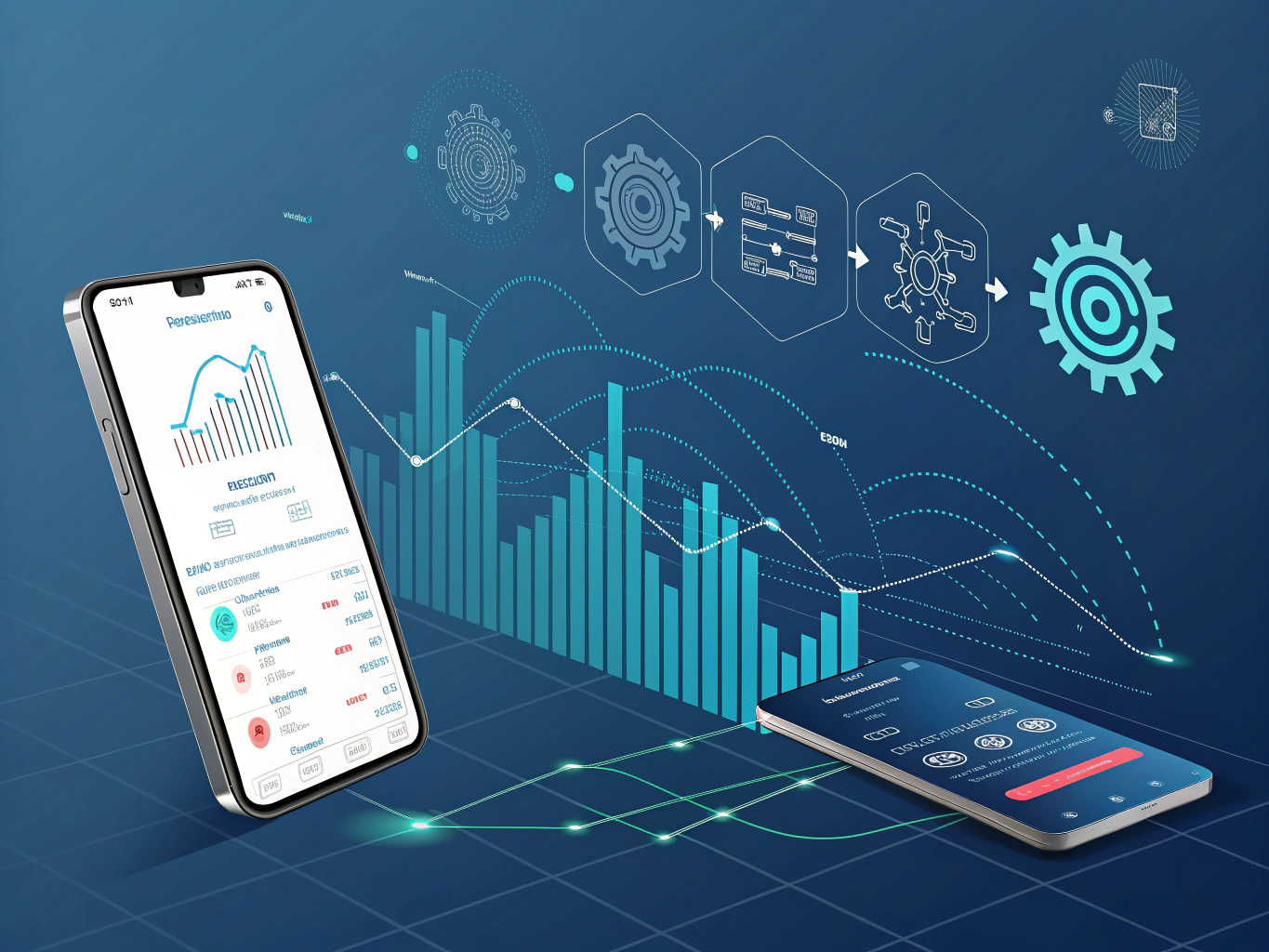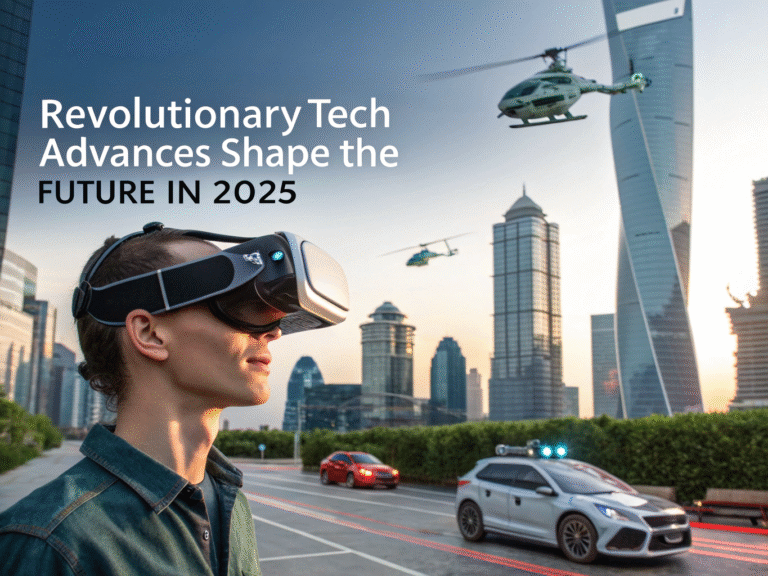Unlocking the Power of Machine Learning in Mobile
In an era where smartphones are extensions of ourselves, the integration of intelligent capabilities is no longer a luxury but an expectation. This is precisely where Machine Learning in Mobile takes center stage, revolutionizing how we interact with our devices, consume content, and perform daily tasks. From personalized recommendations to real-time language translation, ML empowers mobile applications to understand context, predict user behavior, and deliver truly intuitive experiences. This article dives deep into the transformative potential of machine learning on handheld devices, exploring its benefits, the inherent challenges developers face, and the exciting future it promises for the mobile ecosystem. Prepare to discover how your mobile device is becoming smarter than ever before.

Table of Contents
- The Rise of On-Device Intelligence: Why Machine Learning in Mobile Matters
- Core Applications of Machine Learning in Mobile Apps
- Challenges and Considerations for Implementing ML on Mobile
- Tools and Frameworks for Machine Learning in Mobile Development
- The Future Landscape: Trends in Machine Learning for Mobile Devices
The Rise of On-Device Intelligence: Why Machine Learning in Mobile Matters
The paradigm of computing is shifting. Traditionally, complex machine learning tasks were offloaded to powerful cloud servers. However, advancements in mobile hardware (neural processing units, faster CPUs) and optimized ML frameworks now make it possible to perform sophisticated AI computations directly on mobile devices. This trend, known as on-device inference, brings numerous advantages, fundamentally changing the landscape of Machine Learning in Mobile applications.
Advantages of On-Device ML:
- Privacy & Security: Data processed on the device never leaves it, significantly enhancing user privacy and reducing security risks associated with data transmission to the cloud.
- Reduced Latency: Eliminating the need for network calls means real-time processing and immediate responses, crucial for features like augmented reality, live filters, or voice assistants.
- Offline Functionality: ML models can operate even without an internet connection, making applications reliable in remote areas or during network outages.
- Lower Costs: Less reliance on cloud computing infrastructure can lead to substantial cost savings for app developers and service providers.
- Optimized Resource Usage: Modern mobile ML frameworks are highly optimized to minimize battery consumption and CPU load.
A recent study by Mobile AI Insights indicated that approximately 65% of new mobile applications in 2024 are incorporating some form of on-device ML capability, a testament to its growing importance. This rapid adoption underscores the value proposition of integrating Machine Learning in Mobile environments.
“On-device machine learning is not just about performance; it’s about empowering users with intelligent features that respect their privacy and work seamlessly, anywhere, anytime.” – Dr. Eleanor Vance, Lead AI Architect at Innovate Mobile Solutions.
Core Applications of Machine Learning in Mobile Apps
The practical applications of Machine Learning in Mobile are vast and continue to expand, touching almost every aspect of our digital lives. These intelligent features enhance user experience, automate tasks, and provide personalized interactions that were once unimaginable.
Key Areas Where ML Shines:
- Personalization & Recommendations: Mobile apps leverage ML to understand user preferences, leading to highly personalized experiences. This is evident in:
- Content Feeds: News apps, social media, and streaming services use ML to curate feeds based on past interactions, ensuring users see relevant content.
- E-commerce: Product recommendations based on browsing history, purchase patterns, and even real-time location.
- Music & Video Playlists: ML algorithms suggest new songs or shows that align with user tastes.
- Computer Vision: Enabling mobile devices to “see” and interpret images and videos:
- Face Recognition & Biometrics: For unlocking devices, secure payments, and enhanced privacy.
- Augmented Reality (AR) Filters: Snapchat, Instagram, and TikTok use ML for real-time object detection and overlaying digital content.
- Object Detection & Scene Understanding: Used in smart camera apps for automatic photo enhancements, scanning QR codes, or even identifying plant species.
- Natural Language Processing (NLP): Allowing mobile devices to understand and process human language:
- Voice Assistants: Siri, Google Assistant, and Alexa on mobile devices rely heavily on NLP for understanding commands and providing responses.
- Real-time Translation: Apps that translate spoken or written language on the fly.
- Smart Keyboards: Predictive text, autocorrection, and even sentiment analysis to suggest emoji or tone adjustments.
- Predictive Analytics: ML models analyze past data to forecast future events or user needs:
- Battery Optimization: Predicting app usage patterns to extend battery life.
- Health & Fitness Tracking: Analyzing activity data to provide personalized health insights and goal recommendations.
- Fraud Detection: Identifying suspicious transactions or activities in banking and payment apps.
These examples barely scratch the surface of how deeply Machine Learning in Mobile has integrated into our daily routines, making our devices more intuitive and helpful. The ability to perform these complex tasks efficiently on a small form factor is a testament to significant engineering breakthroughs.

Challenges and Considerations for Implementing ML on Mobile
While the benefits are compelling, integrating Machine Learning in Mobile applications is not without its hurdles. Developers must navigate a unique set of constraints that are less prevalent in server-side ML deployments. Understanding these challenges is crucial for successful implementation and optimizing user experience.
Major Obstacles to Overcome:
- Resource Constraints:
- Battery Life: ML inferences can be computationally intensive, potentially draining battery life if not optimized.
- Processing Power: Mobile CPUs and GPUs are less powerful than their desktop or server counterparts, limiting model complexity and inference speed.
- Memory & Storage: Mobile devices have finite RAM and storage, requiring compact models and efficient data handling.
- Model Size & Performance:
- Model Optimization: Large, complex models need to be compressed (quantization, pruning) without significant loss of accuracy to fit on devices.
- Inference Speed: Users expect instant responses. Models must execute quickly, often within milliseconds.
- Data Privacy & Regulations: Even with on-device ML, data collection for model training and updates must comply with strict privacy regulations like GDPR and CCPA. Ethical AI practices are paramount when dealing with user data.
- Ecosystem Fragmentation: The mobile landscape is diverse, with varying hardware specifications (different chipsets, NPU capabilities) and operating system versions (iOS, Android). Ensuring consistent performance across this fragmented ecosystem is a significant challenge.
- Model Updates & Maintenance: Deploying updated ML models to millions of devices can be complex, requiring robust over-the-air (OTA) update mechanisms that are efficient and don’t consume excessive data.
Addressing these challenges requires a deep understanding of mobile optimization techniques, careful model selection, and rigorous testing across a range of devices. The pursuit of efficient and effective Machine Learning in Mobile environments continues to drive innovation in both hardware and software.
Tools and Frameworks for Machine Learning in Mobile Development
The growing demand for Machine Learning in Mobile has spurred the development of specialized tools and frameworks designed to simplify the integration of ML capabilities into mobile applications. These platforms abstract much of the underlying complexity, allowing developers to focus on building intelligent features.
Leading ML Mobile Development Platforms:
- TensorFlow Lite:
- Google’s lightweight framework for on-device inference.
- Supports a wide range of ML models (classification, object detection, NLP).
- Highly optimized for mobile and embedded devices, with features like quantization and custom operations.
- Integrates seamlessly with Android and iOS projects.
- Core ML (Apple):
- Apple’s framework for integrating machine learning models into iOS, iPadOS, macOS, tvOS, and watchOS apps.
- Leverages the Neural Engine on Apple’s A-series chips for accelerated performance.
- Supports various model types, and developers can convert models from other frameworks (e.g., TensorFlow, PyTorch) into the Core ML format.
- ML Kit (Google):
- A ready-to-use bundle of ML capabilities offered by Google for mobile apps.
- Provides pre-built APIs for common tasks like text recognition, face detection, barcode scanning, image labeling, and language translation.
- Offers both on-device and cloud-based options, allowing developers to choose based on their needs for speed, accuracy, and offline capability.
- PyTorch Mobile:
- The mobile runtime for PyTorch, a popular open-source machine learning framework.
- Enables direct deployment of PyTorch models to iOS and Android devices.
- Focuses on providing a flexible and research-friendly environment that extends to mobile.
Choosing the right framework depends on the target platform, performance requirements, and the specific ML tasks involved. Many developers utilize a combination of these tools to achieve optimal results for their Machine Learning in Mobile strategies.

The Future Landscape: Trends in Machine Learning for Mobile Devices
The evolution of Machine Learning in Mobile is a dynamic field, constantly pushing the boundaries of what’s possible on handheld devices. As hardware continues to improve and algorithms become more efficient, several key trends are emerging that will shape the future of mobile AI.
Anticipated Trends:
- Federated Learning: This privacy-preserving technique allows ML models to be trained on decentralized datasets residing on user devices without the data ever leaving the device. Only model updates (gradients) are aggregated, enhancing privacy and enabling collective intelligence without centralizing sensitive data. This is a game-changer for collaborative AI on mobile.
- Generative AI on Device: While large language models (LLMs) and image generators currently run mostly in the cloud, lighter versions are beginning to emerge that can perform basic generative tasks directly on premium mobile devices. Expect more sophisticated on-device text generation, image manipulation, and even code suggestions.
- More Specialized NPUs & Hardware Acceleration: Mobile chip manufacturers will continue to integrate more powerful and specialized neural processing units (NPUs) and other AI accelerators. These dedicated hardware components will dramatically boost the performance and energy efficiency of ML tasks on mobile, enabling more complex models and real-time AI. According to industry projections, NPU performance in flagship smartphones is expected to double annually for the next three years.
- Pervasive Contextual Awareness: Future mobile AI will move beyond simple task execution to deeply understand user context – location, activity, emotional state, and environment – to offer truly proactive and predictive assistance. Imagine your phone proactively suggesting actions based on your calendar, habits, and real-world surroundings.
- Ethical AI and Explainability: As ML becomes more integrated, there will be an increased focus on developing ethical AI practices and ensuring model explainability directly on mobile devices. Users will gain more transparency into why an AI makes certain decisions or recommendations.
The trajectory for Machine Learning in Mobile is one of continuous innovation, promising a future where our devices are not just tools, but intelligent, personalized companions that seamlessly adapt to our needs. The journey has just begun, and the possibilities are boundless.
Frequently Asked Questions
What is Machine Learning in Mobile?
Machine Learning in Mobile refers to the integration of artificial intelligence algorithms and models directly into mobile applications and devices. This allows apps to learn from data, make predictions, and perform intelligent tasks (like image recognition, natural language processing, or personalized recommendations) often without needing a constant internet connection or cloud server.How does ML improve mobile user experience?
ML significantly enhances user experience by enabling personalization (tailored content, recommendations), automation (smart replies, predictive text), real-time functionality (AR filters, voice commands), and greater efficiency (battery optimization, faster processing), making apps more intuitive, responsive, and helpful.What are the key benefits of on-device ML?
The primary benefits of on-device ML include enhanced user privacy (data stays on the device), reduced latency (faster responses), offline functionality, lower cloud infrastructure costs, and optimized resource usage (less battery drain, efficient processing).What challenges exist when deploying ML on mobile?
Challenges include resource constraints (limited battery, processing power, memory), needing to optimize models for size and performance, ensuring data privacy and regulatory compliance, managing ecosystem fragmentation (various devices/OS), and efficiently updating models over time.Which popular mobile apps use Machine Learning today?
Many popular apps utilize ML. Examples include social media apps (Instagram, TikTok for filters/recommendations), virtual assistants (Siri, Google Assistant for NLP), navigation apps (Google Maps for traffic prediction), e-commerce apps (Amazon for product suggestions), and photo editors (Google Photos for smart organization).
The integration of Machine Learning in Mobile is no longer a futuristic concept but a present-day reality rapidly shaping our digital interactions. From empowering seamless user experiences with personalized content and advanced computer vision to providing robust offline capabilities and enhanced privacy, ML is transforming what our smartphones can do. While challenges like resource constraints and model optimization persist, the continuous advancements in hardware, software frameworks like TensorFlow Lite and Core ML, and innovative approaches like federated learning promise an even more intelligent and intuitive mobile future. Embrace this evolution, as your mobile device is poised to become an increasingly smarter, more capable companion in the years to come.
About the Author: Sarah Johnson
Sarah Johnson is a senior AI strategist and a passionate advocate for accessible technology. With over a decade of experience in software development and a specialization in edge computing, she’s dedicated to exploring how advanced AI can empower everyday devices. Her work focuses on sustainable ML practices and creating intelligent solutions that prioritize user privacy and performance. Sarah frequently consults with startups on integrating cutting-edge Machine Learning in Mobile applications.
Published on: October 28, 2025



